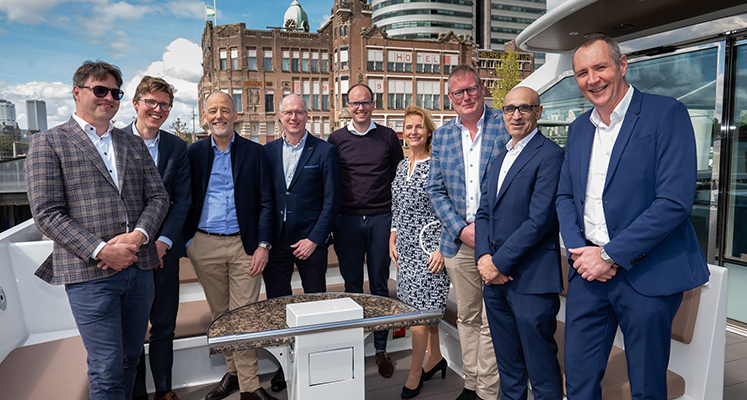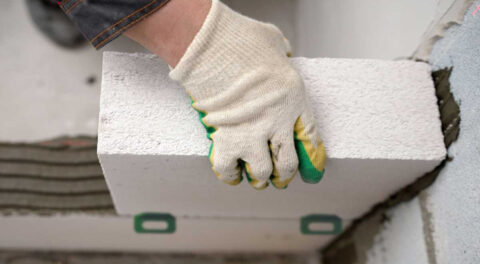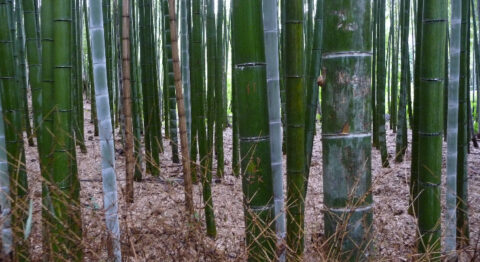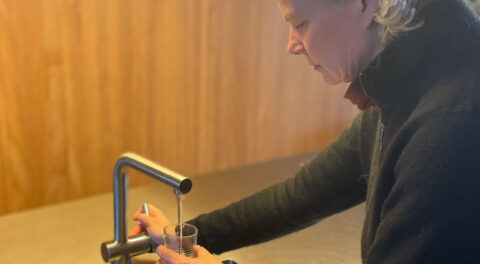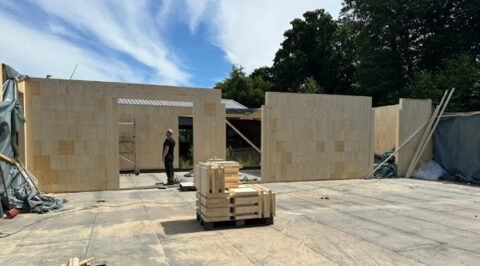In the Botlek area of Rotterdam, industrial players are joining forces to reduce natural gas consumption and emissions of CO2 and nitrogen. They are doing this by reusing steam released as residual heat from industrial processes. All parties involved have signed the contracts for the expansion of the Botlek Steam Network. With this far-reaching cooperation, companies, network company, municipality and province are joining forces to make industry in the Rotterdam Botlek area even more sustainable.
NetVerder, subsidiary of network company Stedin Group, is responsible for the expansion of the Botlek Steam Network. The construction of this expansion is being carried out by Dutch contractor A.Hak. It is expected to be completed in early 2026. Waste processor AVR and specialty chemicals company Cabot Corporation generate steam from recovered energy from their business processes. This replaces steam produced with natural gas. The result is a reduction in the natural gas used to generate steam by at least 50 million cubic meters, corresponding to a CO2 emission reduction of about 100 kilotons per year and 40,000 kilograms of nitrogen emission reduction per year.
LyondellBasell, a leader in the global chemical industry, is the largest consumer of this steam. In addition, chemical company Huntsman also uses steam from this steam network. LANXESS has been connected to NetVerder's steam network since 2013 and continues to use steam from AVR and Cabot. The Botlek Steam Network has the potential capacity to reduce gas consumption to 200 million cubic meters, achieve a CO2 reduction of 400 kilotons and reduce 160,000 kilograms of nitrogen emissions per year.
CO2 reduction and less dependence on gas
"Besides reducing gas demand, we also want to make the industry more sustainable. We link companies that produce steam to companies that have a steam demand. We are building the steam infrastructure needed so that these companies can exchange steam. The signing is an important step in the expansion of NetVerder's steam network in the Botlek, making companies less dependent on natural gas and enabling more CO2 reduction," said David Peters, CTO of network company Stedin Group.
Working together for a more sustainable industry
"Addressing climate change is one of the most pressing challenges facing our world. LyondellBasell has set ambitious interim targets for 2030 to reduce our emissions," said Jan Dirk van Loon, Senior Director Net Zero Strategy & Execution EU at LyondellBasell. "We need to work together to achieve our goals, especially in a highly integrated industrial cluster like Rotterdam's Botlek. When the steam network is operational, we will be able to save a collective amount of gas in Botlek comparable to the annual consumption of about 45,000 households, a city like Schiedam, and will reduce greenhouse gas emissions at our Botlek site by 15%."
CO2 reduction and responsible neighbors for Botlek community
"Our energy recovery system at our Botlek facility converts waste heat into steam for our partners in the Botlek steam network. We are proud that this expansion allows us to reduce significant amounts of CO2. This effort is a natural progression in our sustainability journey and furthers our commitment to be a responsible neighbor in the Botlek cluster - today and in the future," said Jaume Campaña, vice president and EMEA region president, Reinforcement Materials segment, Cabot Corporation.
Support from Province, Municipality of Rotterdam and Port of Rotterdam Authority
The province of South Holland (€2 million) and the municipality of Rotterdam (€0.7 million) are co-investing in the expansion of the Botlek Steam Network. The Port of Rotterdam Authority, as initiator, has played an important role in connecting the partners in the Botlek Steam Network. The first part of the network has been in operation since 2013. The expansion is being constructed 'oversized'. This means that the network is prepared for future developments and can handle much more than is needed now. In time, this will make it possible to connect other steam sources and customers to the network, such as steam generated from residual heat or sustainable sources like geothermal energy.
